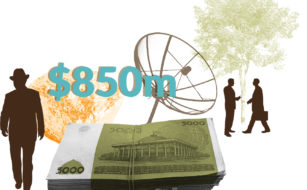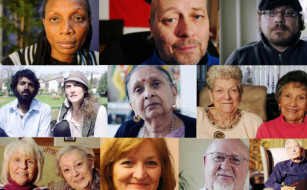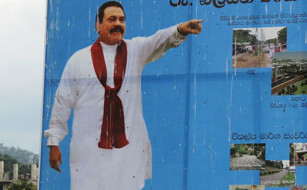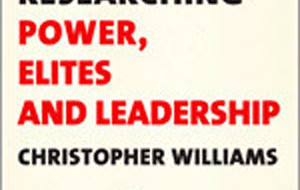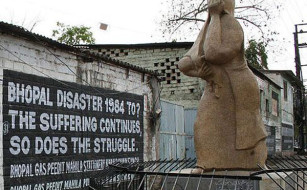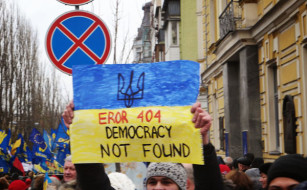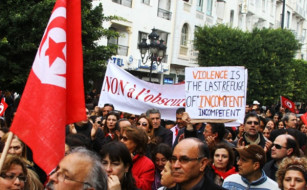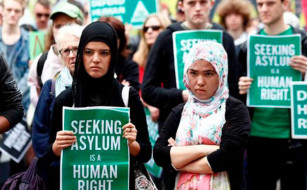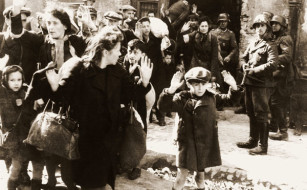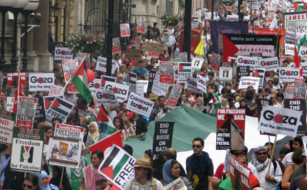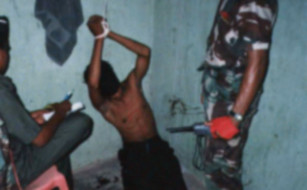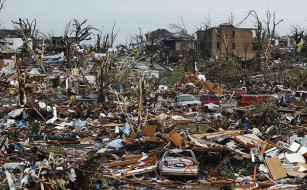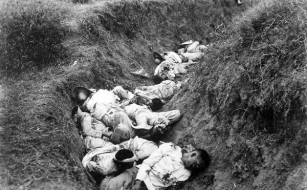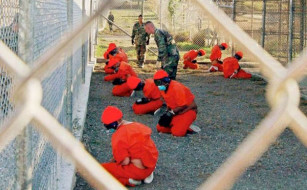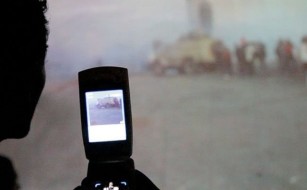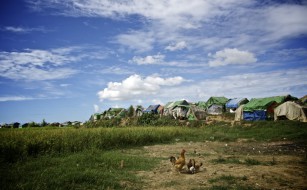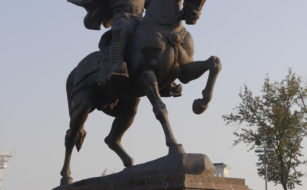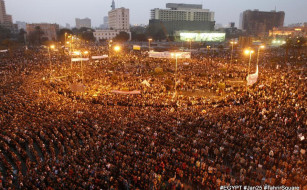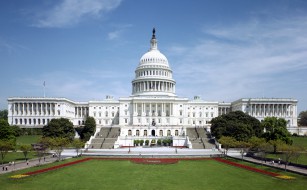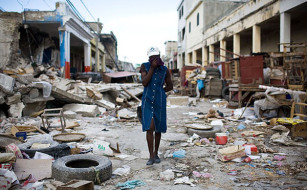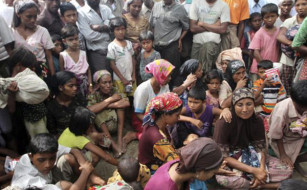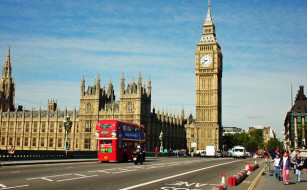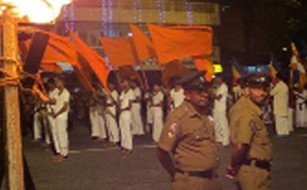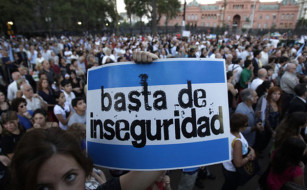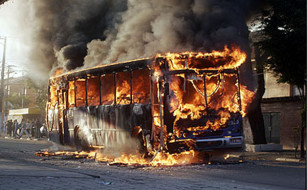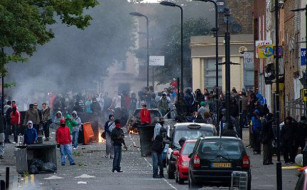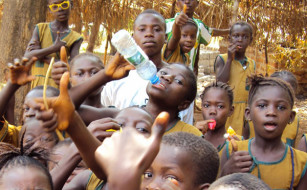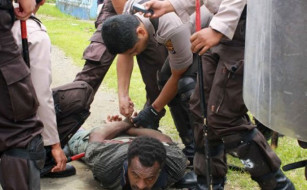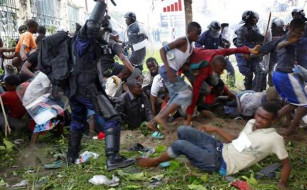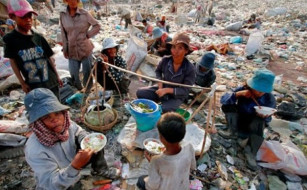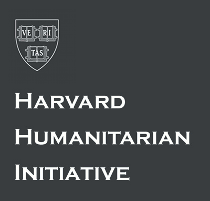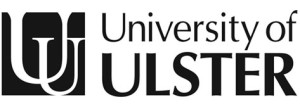India / Rebecca Sophie Hunter
With a population of more than 1.2 billion, India is the world’s largest democracy. The WHO has praised India for implementing “tough and timely” lockdown measures early on, however with such a diverse range of health inequalities, economic and social disparities, and cultural tensions, measures implemented to constrain the impact of COVID-19 risk violating human rights especially of the vulnerable.
Background
India is a country currently undergoing a political and economical transformation. After a period of significant economic growth India is now facing both slow growth (decreasing from 8.5% growth in GDP in 2010 to 4.2% in 2019) and a political shift towards majoritarianism, creating a political and economic background which is not in the best position to deal with a global pandemic such as COVID-19.
The impact of COVID-19 on India’s economy has resulted in the World Bank forecasting India to experience its worst growth performance since India’s economic liberalization in the 1990s. (See also here)
India’s health sector is organised through 36 states which are responsible for organisation and delivery of health services within their states. The central government sets a national health policy which sets frameworks and targets for states to achieve better health care. In 2018, total health expenditure accounted for 3.5 percent of GDP, government expenditure on health was only 0.95 percent of GDP- significantly less than the average for low income countries.
In principle the government health services are available to all citizens through a tax funded public health system however in practice due to boundaries delaying access to care, out-of-pocket spending in India makes up a majority of the financing at 62 percent in 2018.
Various health coverage schemes have been made including the Rashtriya Swasthya Bima Yojana for those below the poverty line, and Employee State Insurance Scheme for factory workers. Despite this only a small minority of the population is covered by the health systems. India has a doctor to patient ratio of 1:1,200 this relatively low number results in acute shortages and inequities in distribution throughout different states, additionally with only 1 hospital bed per 1,400 people and 63 percent of hospital beds being in private hospitals there is a significant capacity problem.
Discrimination, stigma and misinformation
India has a history of political tension between Hindu and Muslim groups and in recent years these tensions have heightened. In particular a Citizenship Amendment Bill has been heavily criticised as furthering the BJP’s political agenda to marginalise Muslims and violates the secular and democratic principles set out in the Constitution of India.
The mistreatment of Muslims in India has been extenuated by the COVID-19 pandemic.
The United Nations described this bill as ‘fundamentally discriminatory in nature’ however the government have failed to respond to these criticisms and BJP officials have been reported to openly mock and threaten protestors of the bill. The mistreatment of Muslims in India has been extenuated by the COVID-19 pandemic and the governments response may demonstrate further violations of civil rights.
Misinformation and a discriminatory regime have resulted in the Muslim population within India being targeted and blamed for the spread of COVID-19. A markable start to this misinformation was the news that the Tablighi Jamaat Islamic movement was responsible for the transmission of COVID-19 across India.
As a result, Muslims are now seen as potential carriers and are shamed. The government should be actively ensuring that the principles of equality and non-discrimination are central to their response.
The Ministry of Health and Family Welfare have released a video addressing social stigma associated with COVID-19 and the advisory have prohibited the labelling of communities affected by COVID-19, however the adherence to this is questionable.
The state governments of Rajasthan and Karnataka published, for example, the names and addresses of COVID-19 patients increasing their risk of being mistreated. Similarly in Delhi and Chandigarh homes with suspected COVID-19 patients have had posters glued to their door with their name, quarantine period and family members required to isolate.
The chief of Tablighi Jamaat Markaz has been charged with culpable homicide (see also here) hence there is still a lot of blame associated with the event. Furthermore there have been multiple reports of police across several states using arbitrary punishment or publicly shaming people who break the nationwide lockdown rules which were first enforced on the 25th March and have since been extended until May 18th. (See also here and here)
Interestingly the government has decided to pause the enforcement of the new citizenship amendment bill in hope to calm the current tensions and focus on addressing COVID-19. This was not however the acknowledgement that this bill is fundamentally discriminatory.
Disproportionate consequences of Lockdown
When the lockdown was first announced migrant workers and those working in the informal economy were left with no means to earn money or buy food. In addition transport across India was stopped as part of the lockdown which left tens of thousands with no means of travelling home. Therefore, measures put in place by the government to protect the health of the population from COVID-19 have disproportionately affected migrant workers, most of whom live in poverty.
In addition, with such a high proportion of the population relying on out-of-pocket payments to get timely access to healthcare this population also becomes at risk of not receiving adequate healthcare.
On March 26th central government announced a relief package of 1.7 trillion rupees to provide food and money to vulnerable populations and health insurance for healthcare workers as well as infrastructure organised for the movement of migrant workers, tourists, and students to return home under government restricted transport.
The state of Jammu and Kashmir has been particularly disproportionately affected due to pre-existing political turmoil has restricted internet access and as a result Doctors are unable to use software created for COVID-19 surveillance and communities have been unable to access all information surrounding COVID-19.
Government plans for beyond lockdown
Although the lockdown in India has been extended to the 18th of May the government have been progressive in trying to limit the effect of lockdown on the economy and the work of those informal workers.
This has been reflected in their ‘zoning’ guidelines which aim to monitor COVID-19 cases whilst being able to gradually allow economic activy to resume. However, transport, schools, religious places and entertainment facilities remain closed for this period. Movement for non-essential activities is still allowed within the times of 7pm to 7am. These guidelines reflect the government’s attempt at long term planning and enforcement of more sustainable social distancing measures. This is a progressive line of action in comparison to the position many other countries are in currently.


